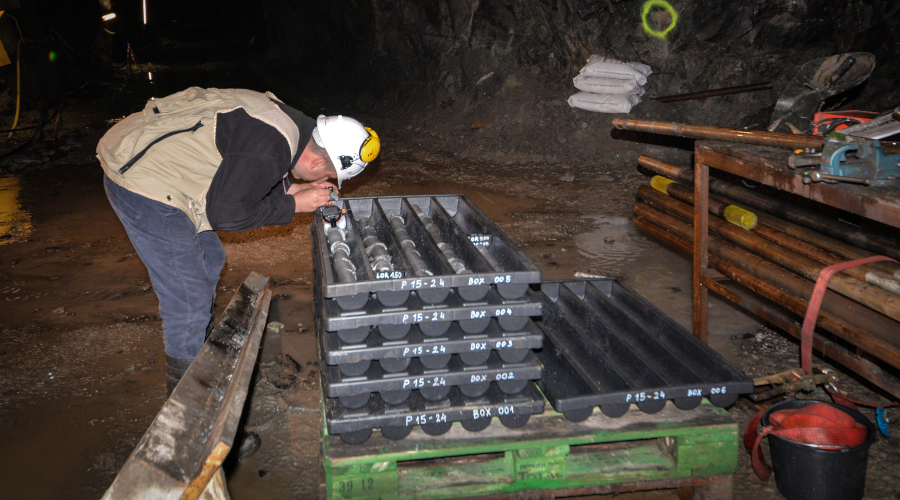
A project put together by 13 institutions from five EU member states, the UK and Norway was awarded €8.3 million in funding to work on improving access to, and quality of, geological and geophysical data to stimulate investors to explore Europe for clean energy metals and minerals.
The project is called Greenpeg and it has developed two toolsets for the exploration of buried LCT and NYF pegmatites. These toolsets include three new instrumental techniques and devices, namely, a piezoelectric sensor, a helicopter-complementary nose stinger magnetometer, and a drone-borne hyperspectral imaging system.
According to its creators, the use of a modular sequence of optimized exploration methods from ground, air and space-based information decreases exploration costs because there is no need for drilling and blasting which, in turn, dramatically reduces emissions.
Greenpeg has developed two toolsets for the exploration of buried LCT and NYF pegmatites
“Innovation needs raw materials from mining. The economic value chain depends on a secure raw materials supply. Europe’s ambitious e-mobility plan will rely on both,” the initiative’s website states.
“Increasing requirements for responsible sourcing in the raw materials value chain, have put pressure on the industry to engage in responsible sourcing and responsible business conduct and to perform relevant due diligence that goes beyond legislative obligations. This starts upstream with exploration.”
Greenpeg’s approach focuses on designing a strategy based on the specific characteristics of the target pegmatite ores. At present, this strategy is concentrating on ores that present low contrast of petrophysical properties compared with their wall rocks; high mineralogical variability in different pegmatite types; relatively small orebody volumes (0.01 to 5 million m³) and lateral extent; pegmatites in clusters (fields); and Li, B, F, Cs, Be, Ta and Sn halos (10 to 100 m scale) around the bodies.
The methodology testing and optimization are being performed in three European demonstration sites: in Wolfsberg, Austria; south Leinster, Ireland; and Tysfjord, Norway. Field-testing approaches have been divided into three investigation scales: (1) province scale (500 – 10000 km²); (2) district scale (50 – 500 km²); and (3) prospect scale (<50 km²).
“Resource inventories have become an important measure in raw materials policy-making. Greenpeg technology will broaden our knowledge bases of industrial minerals and critical raw materials,” project creators say. “This in turn will help feed the resource base for green technology ‘Made in Europe’.”
3 Comments
Andrew Smith
Valentina, You need to educate yourself a bit on mining and exploration before writing articles like this. The photo used is in a mine that has been drill and blasted, there are drill rods to one side and the geologist is looking at drilled core. Australians have been using and developing many remote tool sets to narrow down exploration targets but at the end of the day they are all drilled. If an economic deposit is found then they are all drilled and blasted – with the notable exceptions of coal , salt saline or acid extraction etc. An economic pegmatite deposit is not going to fall out of the ground for you is it ?? I would like to see it mined not using drill and blast.
Valentina Ruiz Leotaud
Dear Andrew,
I do still have a lot to learn. This photo, however, has been provided by the Greenpeg project and it is one of the sites where they are conducting their tests.
vernon emary
so, a resources estimate is possible without definition drilling?????